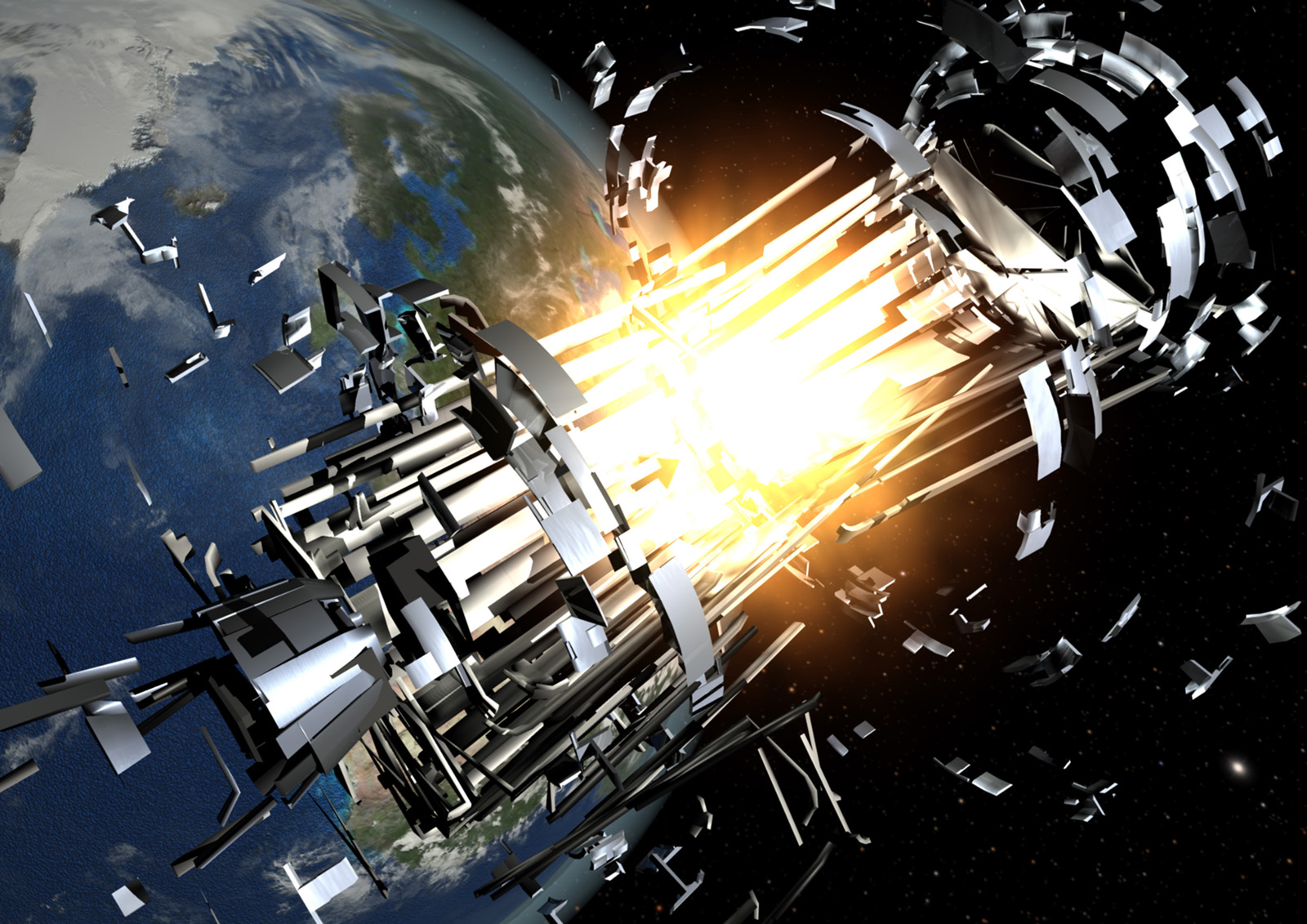
New bullet-stopping materials eyed for protection for spacecraft.
Researchers at North Carolina State University and the US Army Research, Development and Engineering Center are combining a number of bullet-stopping materials into a single type of armor, that not only may protect soldiers and police from being shot, but may one day be used to protect sensitive space equipment from being punctured by flying debris.
According to the Christian Science Monitor, this new material consists of a ceramic strike face, a composite metal foam as a kinetic energy-absorbing inner layer, and aluminum 7075 or Kelvar panels as a backing, and is only 25 millimeters in thickness.
The researchers say the new armor can stop a bullet with just under an inch of the metal foam, leaving an indentation of only eight millimeters. Plus, evidence shows the material causes the bullet to disintegrate on contact, as shown in a video from the research team at NCSU.
Though the military and police are very interested in the new material, which could replace the much heavier body armor now in use, the researchers say they also want to see the metal foam used in a variety of other more peaceful uses. They say there are possibilities of the material being used for protection from, and containment of, hazardous materials, such as nuclear waste storage, and as protection for satellites and other spacecraft from being struck by space debris in orbit.
Some are going as far as imagining the new materials could provide protection for passengers in automobile accidents, and maybe even for airplane crashes. The article pointed out the crash of NASA’s Columbia Space Shuttle in 2003, which was caused by a damaged ceramic heat shield, and say this new foam may be able to prevent a similar occurrence in the future.
This is not the only new process that is being perfected in this field, as researchers at Rice University and MIT have designed a structured polymer composite material, that seals itself after being penetrated by a projectile. This new material “would be a great ballistic windshield,” according to the researchers, as it remains clear and undamaged after stopping a bullet.

Leave a Reply